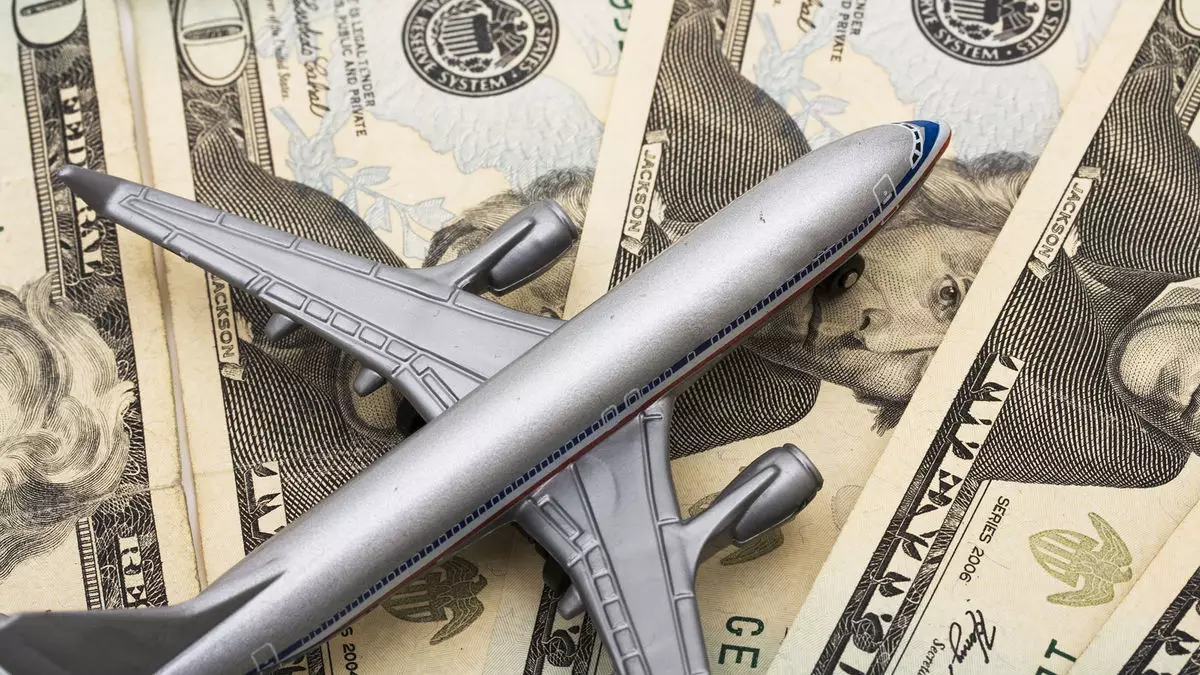The landscape of air travel is undergoing significant shifts as we structure the first half of 2024, leading to an era of higher airfares for domestic travelers while simultaneously presenting potential opportunities for long-haul passengers. With fluctuating consumer demand, airline capacity adjustments, and the looming threat of inflation, it’s crucial to analyze these price trajectories to decode the future of air travel in both domestic and international contexts.
Recent insights into the Consumer Price Index (CPI) reveal alarming trends for domestic airfares. Data released in mid-January highlights a notable year-over-year increase of 7.9% in airfares, further exacerbated by a 3.2% rise from November to December. This suggests that bargain-seekers are likely to find fewer affordable options in the domestic market, particularly since average roundtrip ticket prices have surged to $561. This 4% uptick over the previous year consolidates expectations of inflated prices throughout early 2025, reinforcing the notion that consumers will need to adjust their budgeting for travel.
Notably, Hopper, a travel analysis app, is forecasting an ongoing increase in domestic airfare — projecting a 12% rise just for January 2024 alone. Economists from the app have indicated that while there appears to be a significant jump in ticket prices, the reality isn’t as dire as it might seem; previous year deflations were influenced by an oversaturation of airline capacity. Therefore, the projected price increase translates to a modest elevation of about 4% against the backdrop of last year.
Key factors contributing to these rising fare prices include consistent consumer demand coupled with a gradual decline in the growth of U.S. airline capacities, particularly evident in discount carriers. A survey from Hopper indicates that 76% of Americans intend to maintain or increase their travel budgets this year, showcasing strong consumer interest. However, as domestic capacity has shifted upwards by merely 0.7% compared to January 2024, it signals a tightening of seat availability, especially after discount airlines have executed an overall 4.7% reduction in capacity. This contraction in low-cost offerings, primarily driven by declining performance at airlines like Southwest, Spirit, and JetBlue, poses challenges for price competitiveness in the domestic market.
Central to this dilemma is the ripple effect of discounted airlines withdrawing from certain routes, which historically leads to approximately a 20% price increase over the first year. As more low-cost carriers pull back from their services, the competitive pressure they exert diminishes, prompting a surge in overall airfare costs.
In contrast to the domestic flight dynamics, international ticket prices may offer a different narrative. With increased competition noted in international markets, particularly to popular destinations in Asia like Japan and South Korea, travelers could find lower airfares available for international travel. Overall, recent statistics suggest that international airfares have decreased by 4% this year, attributed to a rise in the number of airlines and routes servicing the international landscape.
Experts, such as Katy Nastro from the travel subscription service Going, elucidate that despite the challenges within domestic travel, opportunities do exist for those keen on venturing overseas. Europe too is being hailed as a potential hotspot for deals, as better connectivity and capacity enhancements emerge. As articulated by Paul Jacobs of Kayak, the growing competition in the international space may be pivotal in stabilizing and even decreasing prices for air travel abroad.
In sum, the ongoing fluctuations within the air travel market underscore a complex interplay of factors that affect pricing structures for consumers. Domestic flyers appear set to face higher costs amid reduced capacity from budget airlines, while international travelers may see a potential decrease in expenditures thanks to increased competition. As the air travel landscape continues to evolve, both leisure and business travelers must remain vigilant, exploring the possibilities of international travel as a viable alternative in this dynamic pricing environment.


Leave a Reply